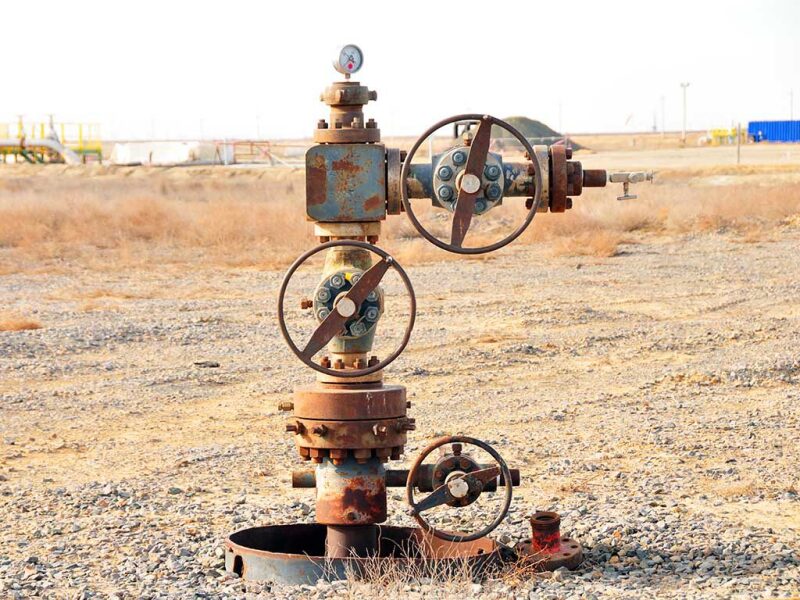Since the middle of the past decade, the idea of large-scale enhanced oil recovery (EOR) has been a mirage in the unconventional sector and it appears likely to remain so for the rest of this decade.
“Economically, as long as that tier one acreage still exists, it’s probably always going to beat gas-huff-and-puff [EOR],” said Ed Wanat, a reservoir technology development expert at ExxonMobil.
He added that it could reasonably take 5 to 10 years for the business case to solidify around shale EOR as those undrilled well inventories shrink and tight oil fields show more signs of significant depletion.
Wanat, a reservoir engineer who leads ExxonMobil’s unconventional EOR pilot program, was speaking during a panel at the recent Unconventional Resources Technology Conference (URTeC) in Houston.
His view on the timeline to wider adoption was echoed across the URTeC panel that included other reservoir experts from Occidental Petroleum (Oxy), Chevron, and the second-largest private producer in the US, Ascent Resources.
“It’s the same thing that happened with refracs and with what that technology is facing, which is that you have new wells that are probably going to get better returns—60, 70 to 80% returns—as well as a quicker payout,” explained Raki Sahai, the director of reservoir engineering and corporate reserves at Ascent.
Beyond the attractiveness of new well locations, there is also the problem that shale EOR has not lived up to the hype. This is in spite of it being considered a technically proven approach.
With few exceptions, the industry has been focused on pumping in relatively cheap natural gas to pump out extra barrels of oil, i.e., the huff-and-puff technique.
Sahai pointed to Houston-based EOG Resources' groundbreaking 15-well huff-and-puff pilot in the Eagle Ford Shale of south Texas that sparked sectorwide interest when it was announced in 2016. Uplift from the group of wells was initially projected to be between 30 to 70% above initial production. However, the reservoir engineer from Ascent said recent public data show their actual incremental recoveries are on the order of only 10 to 40%.
“What we learned from this is that gas injectivity is not a problem; we can inject and we can see pressure buildup. The issue is that recovery is significantly lower than what was actually touted back in 2016,” he said.
Many of the missed targets with pilots in the Eagle Ford and elsewhere have been attributed to problems with containing the injected gas.
If excessive volumes of gas flow from well to well or escape into the reservoir’s far field through an extensive fracture/fault network, all hope for an optimized operation may be lost. For this reason, containment is widely regarded as the primary technical challenge in shale EOR.
The good news is that the operator panelists see promising solutions emerging. They include Chevron’s recently revealed approach which calls for wells offsetting an injector to be shut in if a major breakthrough of gas is detected.
Dengen Zhou, a technical advisor for gas EOR and carbon storage at Chevron, suggested that the multiple-well injection strategy improves the chances of achieving a pressure buildup adequate enough for the gas to mobilize stranded oil.
But with shale EOR, it is the case that as one challenge is ironed out, there’s always another wrinkle.
One of the most obvious for many US and Canadian producers, especially on the smaller end of the spectrum, is that they lack a cost-effective source for the large volumes of natural gas required to launch a huff-and-puff EOR project.
Xueying Xie, the director of unconventional technology stimulation and recovery for Oxy, listed other bottlenecks. Among them are that the industrial-sized compressors used to inject the gas are chronically on backorder from a small number of manufacturers for several years out.
She added that other less spoken of hurdles to the wider uptake of shale EOR involves land and regulatory matters. “The unitization of these areas takes many years and the permitting is another challenge,” she said.
The speakers also stressed that the issues listed above should not dissuade the industry, and especially management, from pushing forward.
Zhou noted that just because operators like Chevron are concentrating on drilling new wells over the next decade, this focus does not prevent them from conducting front-end research in the meantime.
“Most of the decisions right now are as I understand are around the pilots since we have to be developing the technology,” he explained, emphasizing, "there’s a lot of urgency there."
Wanat from ExxonMobil noted that the leadership of his company recently set a public goal to double its unconventional recovery factor from around 10 to 20%, a feat he said will undoubtedly require new technologies such as shale EOR.
The task for technical professionals according to Wanat “is going to be selling [management] on the vision that we need to get going now in order to make sure that we have these technologies and to make sure they understand that there are challenges.”
Wanat followed up by saying that no shale EOR project will get it right the first time. Management must, therefore, be patient in order to reap the rewards.
One other missing element that would help things along would be collaboration within the industry. Outside of the technical conference circuit and other informal gatherings, there are few avenues available for operators to combine the lessons learned from dozens of disparate pilots.
Wanat acknowledged the natural reluctance of large operators to share proprietary data, yet he expressed support for the formation of a joint industry project designed to address shale EOR's biggest pain points.
“We can accelerate progress at a lot faster rate if we work together, and perhaps, belie some of those fears,” he said.
